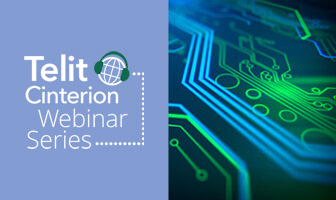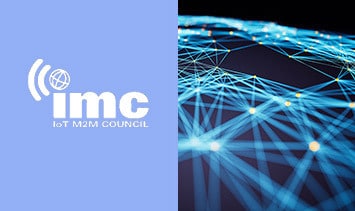Smarter Grids Face Greater Risk
As utilities digitize the grid, they face increased exposure to cyberthreats. Each connected device or system introduces a new point of vulnerability. To address these challenges, utilities deploy technologies that enhance security and mitigate risk. These include smart edge devices and edge data processing. Networks must also ensure secure data flows between systems.
Private Broadband Creates Resilient Infrastructure
A strong communications backbone provides utilities with the control they need. A 900 MHz private wireless broadband network:
- Improves coverage
- Boosts data capacity
- Enhances response time
Because utilities own these networks, they can adjust performance and establish policies based on their operations. This framework supports real-time visibility and quick responses.
Standards Define the Security Foundation
Security remains a top priority. The 3rd Generation Partnership Project (3GPP) outlines key protections for private LTE networks. These include mutual authentication, which confirms the identity of the user device and the network. Encryption ensures that transmitted data remains confidential. Integrity protection prevents tampering with the data in transit.
Utilities also follow the North American Electric Reliability Corporation’s (NERC) Critical Infrastructure Protection (CIP) standards. These requirements guide how to safeguard essential systems and minimize operational risks. Together, 3GPP and NERC CIP establish a layered defense strategy.
Key Takeaways
Join Telit Cinterion, Anterix, Ericsson and OneLayer to explore the evolving demands of the smart grid. The panel will discuss why utilities must act now to enhance grid systems with modern, secure technologies.
You will learn:
- How private broadband networks improve grid control and reduce risk
- Why grid updates are essential to support digital and distributed power
- How security standards protect against evolving cyberthreats


